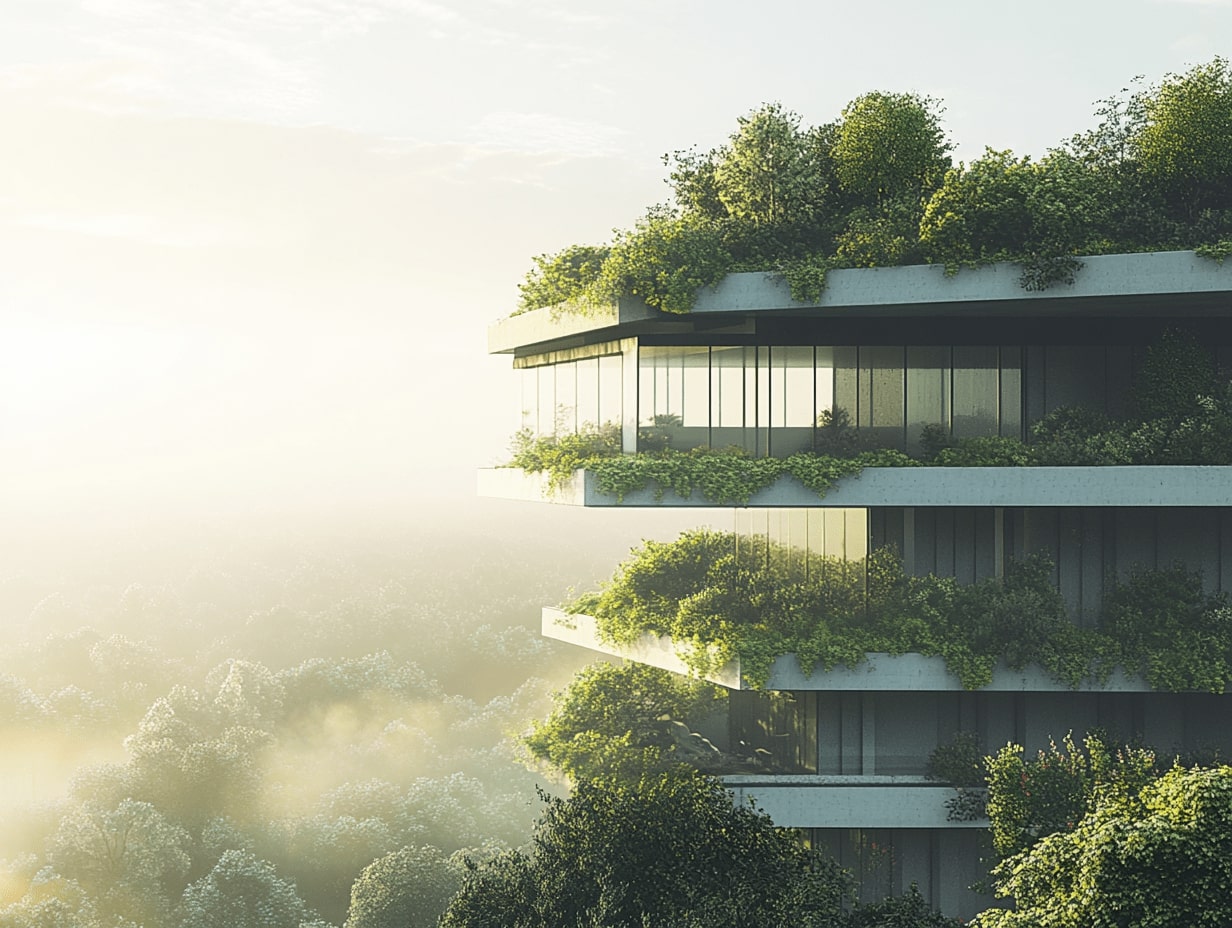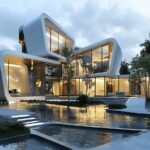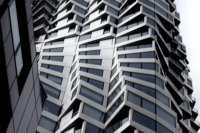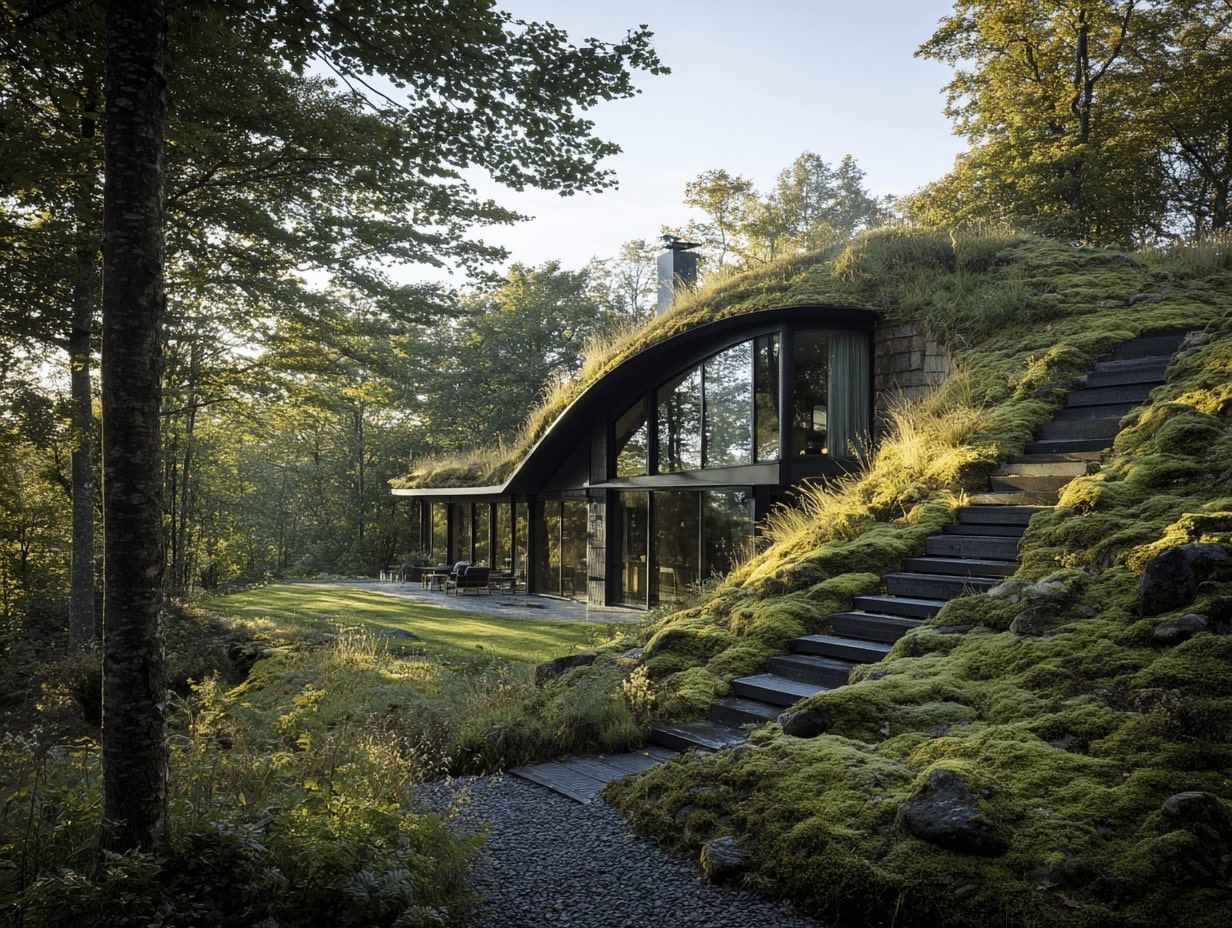- Home
- Articles
- Architectural Portfolio
- Architectral Presentation
- Inspirational Stories
- Architecture News
- Visualization
- BIM Industry
- Facade Design
- Parametric Design
- Career
- Landscape Architecture
- Construction
- Artificial Intelligence
- Sketching
- Design Softwares
- Diagrams
- Writing
- Architectural Tips
- Sustainability
- Courses
- Concept
- Technology
- History & Heritage
- Future of Architecture
- Guides & How-To
- Art & Culture
- Projects
- Interior Design
- Competitions
- Jobs
- Store
- Tools
- More
- Home
- Articles
- Architectural Portfolio
- Architectral Presentation
- Inspirational Stories
- Architecture News
- Visualization
- BIM Industry
- Facade Design
- Parametric Design
- Career
- Landscape Architecture
- Construction
- Artificial Intelligence
- Sketching
- Design Softwares
- Diagrams
- Writing
- Architectural Tips
- Sustainability
- Courses
- Concept
- Technology
- History & Heritage
- Future of Architecture
- Guides & How-To
- Art & Culture
- Projects
- Interior Design
- Competitions
- Jobs
- Store
- Tools
- More
Transforming Sustainable Architecture Building for a Greener Future: Key Strategies and Innovations
Discover how sustainable architecture is paving the way for a greener future in our latest article. Explore innovative designs that prioritize eco-friendly materials, energy efficiency, and community well-being. From green roofs to passive solar buildings, learn about the multiple benefits of incorporating sustainability into architecture

As we face the urgent challenges of climate change and resource depletion, sustainable architecture emerges as a beacon of hope. This innovative approach not only prioritizes eco-friendly materials and energy efficiency but also reimagines our living spaces to harmonize with nature. By embracing sustainable design principles, we can create buildings that minimize our carbon footprint while enhancing our quality of life.
In this article, we’ll explore the key elements of sustainable architecture and its vital role in shaping a greener future. From passive solar design to the use of recycled materials, these practices are transforming the way we think about construction. Join us as we delve into the exciting possibilities that sustainable architecture offers, paving the way for a more resilient and environmentally friendly world.

Table of Contents
ToggleWhat Is Sustainable Architecture?
Sustainable architecture seeks to minimize the environmental impact of buildings while enhancing the quality of life. This practice prioritizes eco-friendly designs, energy efficiency, and the harmonious integration of structures with their surroundings.

Definition and Importance
Sustainable architecture defines a design philosophy that promotes environmentally responsible and resource-efficient buildings. It’s important because it addresses pressing issues like climate change and resource depletion, reducing carbon footprints while promoting social equity. By utilizing sustainable methods, we can create structures that not only meet the needs of the present generation but also preserve resources for future generations.
Key Principles of Sustainable Design
- Energy Efficiency: We focus on designs that reduce energy consumption through insulation, efficient heating, and renewable energy sources.
- Water Conservation: We employ strategies such as rainwater harvesting and low-flow fixtures to minimize water use.
- Sustainable Materials: We prioritize the use of recycled, reclaimed, and sustainably sourced materials to lower environmental impact.
- Site Optimization: We consider the natural landscape when designing buildings, utilizing passive solar techniques, and ensuring minimal disruption to local ecosystems.
- Indoor Environmental Quality: We improve air quality and natural light access within spaces, promoting health and well-being for occupants.
- Community Consideration: We emphasize designs that foster community engagement and reflect local culture and values.
Benefits of Sustainable Architecture
Sustainable architecture offers numerous advantages that positively influence our environment, economy, and society. By incorporating eco-friendly practices, we foster a greener future.

Environmental Impact
Sustainable architecture minimizes environmental degradation. It reduces greenhouse gas emissions through energy-efficient designs and renewable energy sources. According to the U.S. Green Building Council, green buildings can reduce energy use by up to 30%. Utilizing sustainable materials, like bamboo and recycled steel, decreases resource depletion and promotes biodiversity. Effective site planning enhances ecosystem preservation by integrating green spaces and natural landscapes. These practices create healthier environments for occupants and surrounding communities.
Economic Advantages
Sustainable architecture delivers significant economic benefits. Green buildings often incur lower operating costs, with energy-efficient systems resulting in savings of up to 40% on utility bills. Investing in sustainable infrastructure also increases property value; studies indicate green buildings can fetch up to 20% higher market prices. Additionally, leveraging local materials and labor stimulates regional economies, creating job opportunities within sustainable industries. Over the long term, these financial advantages reduce overall project costs while enhancing resilience against economic fluctuations.
Social and Cultural Benefits
Sustainable architecture enriches our communities by promoting social well-being and cultural sensitivity. Well-designed spaces enhance occupants’ quality of life through improved indoor environmental quality, leading to better health outcomes. Community-focused design encourages public engagement through shared spaces and resources, fostering strong relationships among residents. Incorporating local cultural elements into architectural designs honors heritage and builds a sense of identity. Ultimately, sustainable architecture nurtures vibrant communities by prioritizing social equity and inclusivity.
Strategies for Sustainable Architecture
We employ various strategies to enhance sustainable architecture, aiming for energy efficiency, the use of sustainable materials, and effective water conservation techniques.

Energy Efficiency
Energy efficiency serves as a cornerstone of sustainable architecture. We optimize building designs to utilize natural light, reducing dependence on artificial lighting. Incorporating high-performance insulation enhances thermal performance, minimizing energy loss. Using energy-efficient appliances and systems like HVAC ensures optimal energy consumption. Implementing renewable energy sources, such as solar panels, further decreases reliance on fossil fuels.
Sustainable Materials
Sustainable materials play a crucial role in minimizing the environmental impact of construction. We prioritize materials that are renewable, recycled, or locally sourced to reduce carbon footprints. Utilizing non-toxic and low-VOC (volatile organic compounds) materials improves indoor air quality and supports health. Examples include bamboo, reclaimed wood, and recycled metal, which not only offer durability but also contribute to resource efficiency.
Water Conservation Techniques
Water conservation techniques significantly reduce water usage in our sustainable buildings. Implementing rainwater harvesting systems allows us to collect and reuse rainwater for irrigation and non-potable applications. Low-flow fixtures and eco-friendly appliances further minimize water consumption without sacrificing performance. Native landscaping and xeriscaping reduce landscape irrigation needs, promoting biodiversity while conserving water resources.
Innovative Examples of Sustainable Buildings
Innovative sustainable buildings showcase efficiency and eco-friendliness. These structures exemplify the principles of sustainable architecture through unique design and technology.

Case Study: Green Roofs and Vertical Gardens
Green roofs and vertical gardens enhance urban environments by integrating nature into architectural designs. These systems provide numerous benefits, including improved air quality, insulation, and stormwater management. For example, the Bosco Verticale in Milan consists of two residential towers covered with over 9,000 trees and 20,000 plants. This project decreases urban heat, increases biodiversity, and promotes energy efficiency by lowering cooling costs. Many cities worldwide are adopting similar green infrastructure solutions to address urban challenges.
Case Study: Passive Solar Design
Passive solar design maximizes natural light and heat retention, reducing energy consumption. This approach involves orienting buildings to capture sunlight, using thermal mass materials to store heat, and incorporating energy-efficient windows. The Bullitt Center in Seattle, known as the “greenest commercial building,” exemplifies this concept. Its design includes ample south-facing windows, natural ventilation, and a rainwater harvesting system. These features allow the building to operate with net-zero energy consumption, showcasing the effectiveness of passive solar principles in promoting sustainability.
Future Trends in Sustainable Architecture
Emerging trends in sustainable architecture focus on innovative solutions and designs that enhance environmental performance. We observe that technology and nature play a crucial role in shaping future buildings.

Integration of Technology
Integration of technology in sustainable architecture enhances efficiency and user experience. Smart building systems control energy use, optimizing resource allocation. Automated lighting and heating systems adapt to occupancy patterns, significantly reducing waste. The application of Building Information Modeling (BIM) improves design accuracy, leading to effective material use and waste reduction. An example includes photovoltaic panels seamlessly integrated into building facades, generating renewable energy while enhancing aesthetics. Technologies, such as 3D printing, allow for the use of sustainable materials with precise dimensions, minimizing excess waste. By embracing these technological advancements, we create structures that align with sustainable goals and improve overall functionality.
Biophilic Design Concepts
Biophilic design concepts prioritize natural elements in building architecture. This approach enhances occupants’ well-being by connecting them with nature, which has proven psychological and physical benefits. Features like natural ventilation, green walls, and large windows that frame outdoor views foster a sense of tranquility and reduce stress. Integrative landscapes around buildings utilize native plant species, promoting biodiversity and reducing maintenance costs. Case studies demonstrate that incorporating water features, like ponds or fountains, not only improves aesthetics but also provides cooling effects, lowering energy consumption. By focusing on biophilic design, we cultivate environments that support both human health and ecological sustainability.
Conclusion
Sustainable architecture shapes a greener future by integrating eco-friendly practices into design and construction. We recognize the critical importance of minimizing environmental impacts through innovative strategies. These practices reduce carbon footprints, enhance biodiversity, and promote social equity.
We see the multiple benefits of adopting sustainable architecture. Economic advantages arise from lower operating costs and increased property values, leading to job creation in sustainable industries. Socially, we enhance community well-being by improving indoor air quality and fostering public engagement.
Implementing energy efficiency remains vital. We optimize natural light, utilize high-performance insulation, and incorporate renewable energy sources. The choice of sustainable materials minimizes environmental damage and improves overall health within buildings. Additionally, we employ water conservation techniques, such as rainwater harvesting, to safeguard this vital resource.
Innovative building concepts, like green roofs and passive solar design, illustrate our commitment. These examples showcase the successful application of sustainable principles that address urban challenges. Looking ahead, we embrace future trends, including smart building technologies and biophilic design, which enhance user experience while aligning with sustainability goals.
Our commitment to sustainable architecture fosters vibrant communities and improves quality of life through responsible design and resource-efficient practices.
- architecture for a greener future
- building for sustainability
- climate-resilient buildings
- Eco Friendly Architecture
- eco-conscious design
- Energy Efficient Buildings
- energy-saving architecture
- environmentally friendly design
- green architecture trends
- green building design
- Green building strategies
- innovative building materials
- low carbon architecture
- net-zero buildings
- passive house design
- renewable energy in architecture
- sustainable architecture
- sustainable building innovations
- sustainable construction
- sustainable construction methods
- sustainable urban planning
Submit your architectural projects
Follow these steps for submission your project. Submission FormLatest Posts
Sustainable Solutions in Contemporary Architecture: From Passive Design to Clean Energy
Sustainable solutions in contemporary architecture: a practical playbook to hit net-zero, cut...
Sustainable Coastal Construction: Building Resilience Where Land Meets Sea
Sustainable coastal construction expert guide: plan, design, and build resilient shorelines with...
Architecture of Climate: Designing for Heat, Cold, and Storms
Architecture of climate: a practical guide to designing for heat, cold, and...
Sustainable Home Design Starts Underground: The Overlooked Role of Septic Systems
When we think of sustainable home design, most people picture solar panels,...












Leave a comment